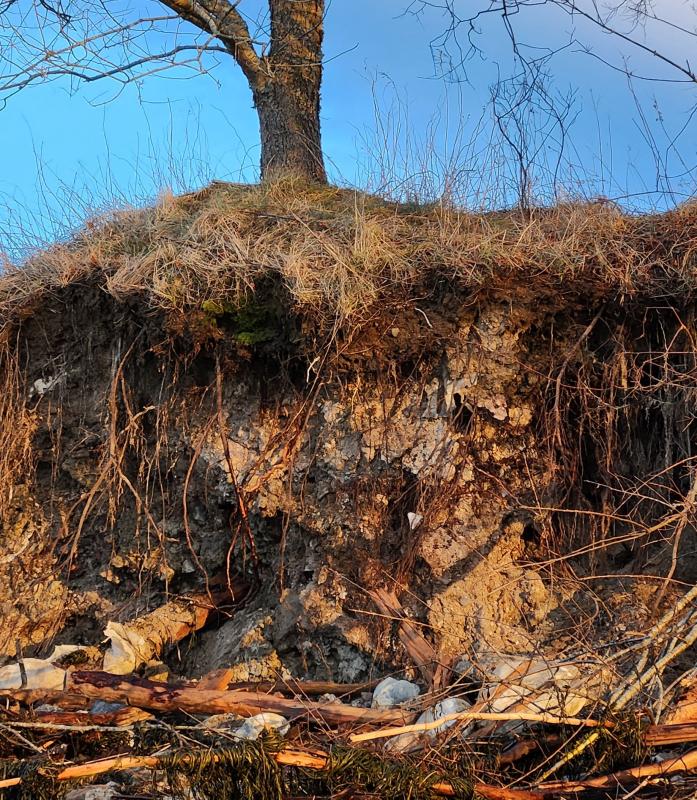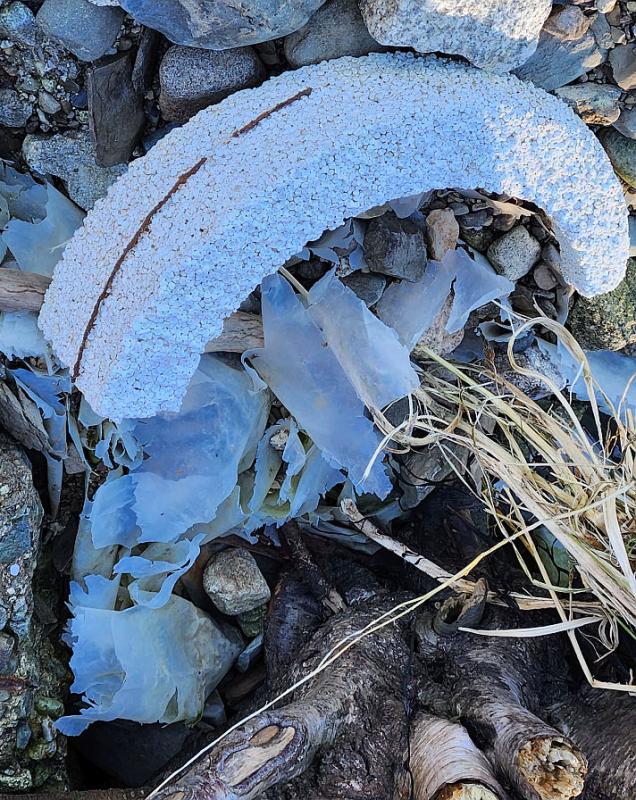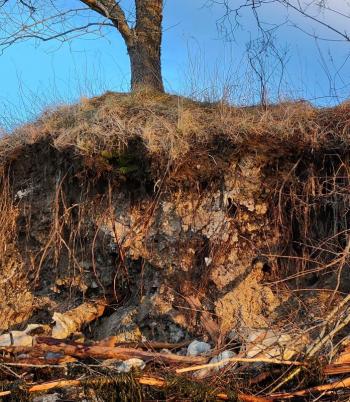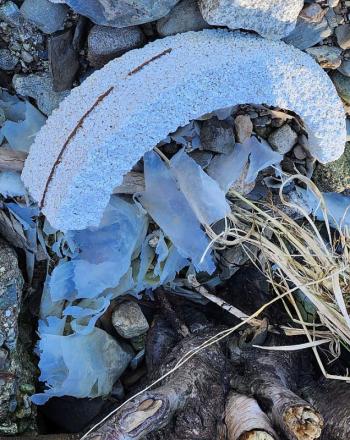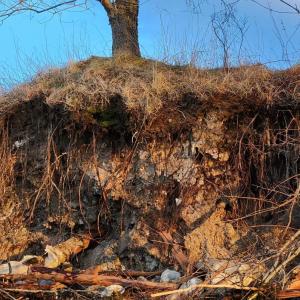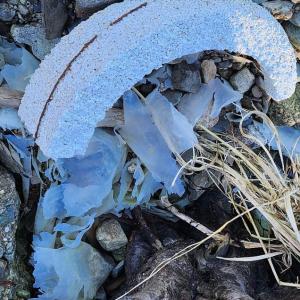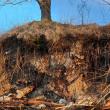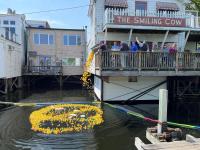Winter storms claw at old Searsport remediation site, DEP urges repair
Thu, 01/25/2024 - 10:15pm
SEARSPORT — Kidder Point, in Searsport, has long been an industrial site, starting with a phosphate plant in 1927 for fertilizer production. That legacy at the head of Penobscot Bay has continued for a century, where chemical plants have manufactured products for various commercial uses.
Today, GAC Chemical Corporation owns and operates a facility there, manufacturing industrial, specialty and fine inorganic and organic chemicals, such as ammonium sulfate. Its markets include the pulp and paper industry, manufacturing, power plants, and municipal water and wastewater systems.
With its history, the earth at Kidder Point has absorbed pollutants, and few know that better than longtime Penobscot Bay environmental activist Ron Huber. He maintains a website dedicated to the bay and its marine health.
And few are as adamantly as active in protecting the waters than Huber. He watches the bay like a hawk, and his name is familiar at state and local planning and environmental offices, especially at the Maine Department of Environmental Protection. He speaks up, and often.
After a series of autumn and winter storms swept through Maine’s Midcoast, Huber returned to Kidder Point. He has researched the history of the 152 acres, and has archived a history of the site’s monitoring by the DEP going back to 1980, a repository of photos, documents, plans and emails. That includes the multiple sulfuric acid spills over the decades that earned varying levels of response and cleanup.
In 2012, Huber had urged GAC to address erosion issues along the Kidder Point shoreline.
At that point in time, he concluded: “Kidder Point's shore received thousands of tons of highly acidic waste slurries laid down as fill material behind wooden cribs between 1940 and 1970 on the sides of the 5 acre peninsula (Kidder Point) that the abandoned acid factory is perched on. These wastes are byproducts of fertilizer making for Maine's potato industry, alum production for Maine's paper industry, and sulfuric acid production to carry out both of the above. The cribs weren't maintained after 1970 when shoreline dumping was banned under the federal Clean Water Act.”
Subsequently, GAC and consultant engineers CES, Inc., drafted a Remediation and Shoreline Stabilization Plan, which was entailed removing soil where sulfuric acid was detected. It was noted then that erosion and sedimentation control would need to be installed.
That plan was a product of Maine’s Voluntary Response Action Program, initiated by the DEP. In exchange for creating and executing the plan, GAC would be granted liability for the portion of the property known as the former sulfuric acid plant and sulfur storage area, including the associated shoreline.
In 2015, the DEP approved the plan, which also included adding alkaline materials as backfill in the areas where the soil had been removed, and the installation of the shoreline in-siut treatment materials, as well as the stabilization of the disturbed shoreline area, according to a Jan. 22, 2015 letter from the DEP to GAC.
Fast forward to Autumn 2023 and January 2024, following storms that produced two to four inches of rain, heavy ocean surge and ocean flooding. The coast of Maine, and Penobscot Bay’s shoreline, was battered, with clay and soil washing into the Atlantic as ocean surge pulled away at the land.
In late December and early January, Huber urged the DEP to visit Kidder Point to assess erosion.
“This was the third big recent storm to whack Kidder Point in the last few months,” said Huber, following a Dec. 18 storm. At that point, he said, the storm sent “dozens of driftwood logs crashing against the partly remediated GAC shoreline.”
The DEP responded with a visit, and said it was requiring the repair of the the slope with the understanding that the strength and frequency of storms will require a more robust repair and armoring to prevent future damage. The DEP concluded in January that the past removal of material and addition of buffer material had done well normalizing the pH levels at the property.
The DEP said Jan. 9: “Following a discussion between DEP and GAC, a verbal agreement was reached. DEP staff will be monitoring the repair work.”
Huber was pleased that the DEP responded and took his complaints seriously.
He does not, however, put faith in verbal agreements that lack a paper trail.
“Not good governance,” said Huber.
He intends to maintain his watch on the property, and the bay.
Reach Editorial Director Lynda Clancy at lyndaclancy@penbaypilot.com; 207-706-6657
Event Date
Standard Post

